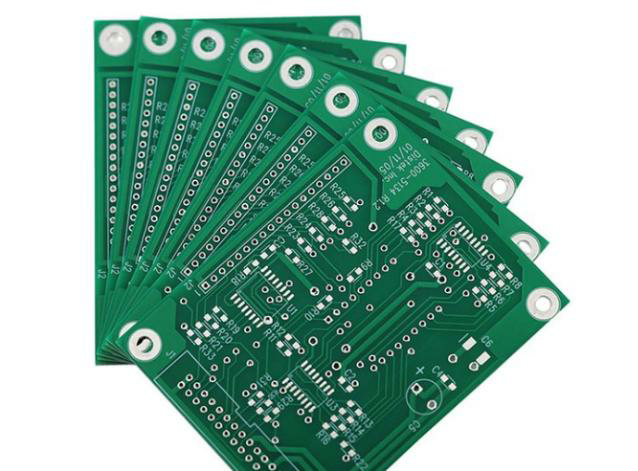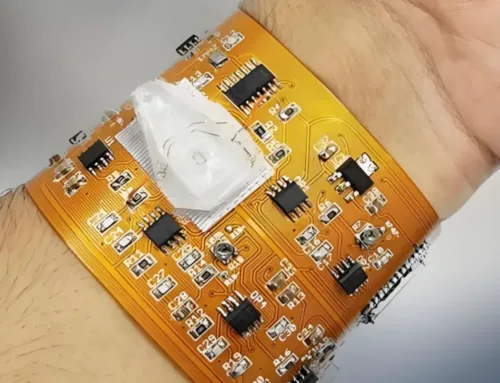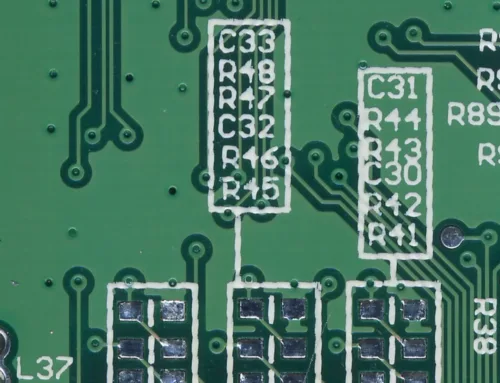A Deep Dive into Printed Circuit Board Manufacturers and the Future of PCB Manufacturing

Table of Contents
Table of Contents
Printed circuit boards (PCBs) are the backbone for modern-day technology, driving the likes of it, from smartphones to classy medical gadgets. As demand for innovative technology continues to grow, the manufacturing process behind these intricate units keeps changing. In this article, we will show the state of the printed circuit board sector, the hard tasks that face makers of PCBs, and what their considerable prospects are.
The Role of PCB Manufacturers in Modern Technology
PCB makers are the center of innovation. These boards serve as the foundation on which electronic components can operate together harmoniously. Such manufacturers utilize precise processes to create high-quality boards custom-made for a variety of industries. The versatility of PCBs makes them unique from one industry to the other such that they span consumer electronics to aerospace.
Assembly and design processes that comprise international standards are necessary for companies to attune to reliable performance. These companies always endeavor to be very meticulous in carrying out these formidably precise sophisticated techniques in order to minimize errors.
Understanding the PCB Manufacturing Process
Start the journey from design. The engineers will design the layout and various connections. After the design is complete, the manufacturing is begun.
• Material Selection: The choice of the appropriate base material makes the product. The popular possibilities for this include fiberglass, ceramics, and metal composites.
• Layering and Etching: Conductive layers are added to the board. The additional material is then etched away, providing ways for electricity.
• Drilling and Plating: Holes are made in the board, linking different layers. They are then plated to make them conductive.
• Assembly: Components are soldered onto the board. Precision is key here to avoid defects.
• Testing: Before a board is shipped, it undergoes rigorous quality checks. Functional testing ensures it meets the intended purpose.
Challenges Faced by the Industry
Those are some things that the industry has shed light upon. The first thing is the challenges printed circuit board manufacturers might face. The primary challenge for them is to keep up with the demand plus maintaining their quality. With a decrease in the size of any device, the boards need to scale down, too, without comprising the functionality. These push the manufacturers to their limits to involve a better way of processing.
Increasingly, therefore, it is required for the manufacturers to take into account the various considerations that relate to sustainable production. It has already been noted in that direction that the industry is now facing the environment – diseases such as international fame for waste and energy conservation. Use of recycled material is already a common norm. Extreme reduction in the use of toxic waste is important.
Finally, then come various disturbances caused by global supply chain. In order to effectively handle them, firms should be as flexible as possible and come up with innovative strategies.
Innovations Driving the Industry Forward
In order to change the horizons of PCB manufacturing, one needs to ensure innovation suffuses every stage of the entire chain. Now it is AI and automation that are tactical assets in designing the boards and assembling them; these technologies have ached the absolute fatigued of productivity and erring.
Flex printed circuit boards are yet another game-changer. These flexible boards fit easily into space-constraint applications and wearable tech stuff. Crucial improvements in the manufacture of these designs are already being made to meet the ever-upscaling demand.
The field’s horizon has a lot more to offer now: one of its sparkling stars, rising with 3D printing-or additive circuit board manufacturing. An interesting touch-tide to fabricate fast while reducing the waste of materials is standing potential as a game-changer replacing the conventional one.
How 5G and IoT Are Shaping PCB Manufacturing
Two very significant aspects of PCB manufacturing are 5G networks and IoT. These technologies accelerate demand for high-speed, connected board application.
For example, IoT devices rely on compact boards with high performance. Manufacturers must balance size and functionality to meet these demands. Similarly, 5G infrastructure requires advanced boards capable of supporting high-frequency signals.
Why Quality Matters More Than Ever
The presence of technology and various things people do day by day make electronic circuit boards which are anything but reliable. The robustness of these devices promotes industries like health and defense. Even slight non-compliance can land you something crushing.
This particular perception for quality has further necessitated the need for stringent test regulations. Air Circuit board is subject to complete checks starting from thermal analysis to signal integrity tests before being supplied to the end user.
The Future of PCB Manufacturing
The journey ahead imparts a lot of hope for PCB manufacturers. An increasing array of boards of innovation will be demanded as industries spread into renewables and electric vehicles. So much promise lies only in demonstrating flexibility in snaking around the problems.
While the other trend-setting for materialization into the future is establishing a firm partnership between market leaders and research institutions. This collaboration allows them to innovate new materials and processes that nurture the evolving needs of society, thereby bringing forward plenty of crucial happenings that could ignite probable future progress.
A Peek into Emerging Trends
Some crucial trends which hold promises and challenges for the industry are presented here:
• Miniaturization: The smaller the device, the smaller its discrete components can be. The advancement of miniaturization underscores the need to change a product’s concept, thus pushing the potential of design and manufacturing.
• Eco-Friendly Practices: Enterprises have no choice but to adopt green technologies. When considered in their entirety, green practices will make for an efficient application of PCB manufacturing technologies.
• Advanced Testing: Upgrading of testing mechanisms for guaranteed and accurate results. These high-tech testing techniques work on recognizing potential pitfalls earliest during the developmental phase.
• Globalization: The necessity of expanding production facilities is felt because the better the facility is located, the quicker it has access to material and market.
Wrapping Up
Printed circuit boards–the very basics of technological advancement, manufacturers are critically positioned as the deciding factor in creating the future of electronics. Partnership with recognized professionals is the pivot and the star for companies and individuals seeking quality solutions. Adapting these international trends enables the sector to keep competitive as the field transforms.
Latest Blog
Contact us
Free Quote






